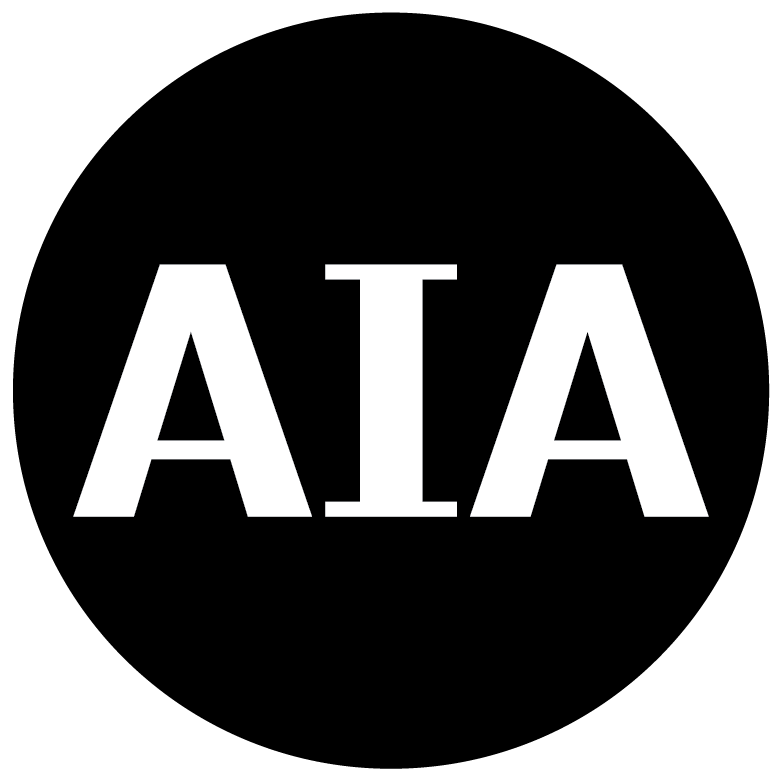Tips for launching a successful new practice
Architects describe the most important things they learned when beginning their firms, including where they got help.
Starting your own firm is a challenge; structuring it to survive is a formidable task. If you’re considering developing your own practice, you likely have a wealth of experience and a drive toward entrepreneurship. What you’ll need to assess is your organizational abilities and strategies for obtaining starting capital and clients.
How can an architect learn how to get started, manage exposures, and stay solvent? Before starting a firm, it’s critical to understand the many business, legal, and ethical issues that will impact your new firm. The AIA Trust offers a growing library of practice and risk management-related resources for those just setting out. Entrepreneurial architects should start with the New Firm Owner Checklist, the booklet about Making the Transition to Running Your Own Firm, and the webinar and guide to Creating and Maintaining a Professional Practice.
The first concepts a new firm owner needs to grasp are professional requirements, including licensing, contractual and professional obligations, and standard of care. Next up is determining appropriate organizational and financial structures for your firm. Successfully managing operations, funds, and people, as well as understanding and mitigating your risks, will be critical to the longevity of your business.
Building a financial foundation
It’s only the right time to start a firm once you’ve considered your current employment situation and family needs, as well as potential clients and projects. Identifying needed services in your area and having a financial safety net are crucial benchmarks. You should begin with finances sufficient for at least three to six months while establishing your practice. Brad Benjamin, AIA, a founder of Radium Architecture, found that it took quite a long time to build a business and reminds architects that the firm owner should get paid after everyone else, including employees, consultants, and vendors.
While Benjamin had a firm grasp of fundamental accounting at the time Radium opened for business in 2011, he needed additional understanding of project-based finances. He found a book written by AIA members, Financial Management for Design Professionals: The Path to Profitability, to be extremely helpful in explaining concepts for project accounting and key performance indicators for architecture firms. Benjamin says that “firm owners need to have an attorney, an accountant, and an insurance agent who are familiar with architecture-related issues and willing to answer questions.” This means that you’ll have more time to focus on projects and handle routine issues, leaving complicated ones to experts.
When Amy Slattery, AIA, started her firm Odimo in 2015, she didn’t know the first thing about accounting. She took the Kauffman FasTrac New Venture course for startups to get the basics down. She found a competent accountant and outsourced her books as soon as she could afford it. Her conclusion? Getting paid and aggressively prioritizing expenses was critical to staying on top of cash. “I would spend less money on business cards and more time calling clients,” she says.
Structuring your team and practice
To create a successful practice, you must focus on your people. Slattery says that it’s easier than it looks to start a firm, but it’s harder to decide what you want it to be and sustain it. She prioritized building a solid team when she launched Odimo, saying that one of her most important lessons was “getting out of the way” once she had great people. She found that it’s important to empower and inspire, rather than micromanage. She also used the PEO from the AIA Trust to get her firm’s employee benefits program up and running.
When it comes to structuring a practice, keeping design solutions front and center is key. Anne Marie Decker, FAIA, principal and partner in Duvall Decker Architects, is grateful for her idealism when starting out; it allowed her to dive in headfirst. She reminds architects to understand that it is okay to not know everything, believing it is more important to design a practice like you would design the best architectural project. “Though my education had not prepared me for the hard practicalities of business, it had taught me to put those practicalities into perspective,” Decker says.
Decker and her partner developed an idea for “expanded practice,” where they stay involved from project conception through the life of the building with a facilities maintenance practice, which turned out to be good business. AIA Trust resources like practice forms and the Guide to Virtual Practice will help innovative practitioners like Decker. “I sought so many sources for information, and I ended up with a collection of books, advisers, and articles that were not the best fit for an architectural design practice,” she says. “We made our way through, but the resources of the AIA Trust were exactly what we had been looking for all along.”
Mitigating risk and planning for the future
Founded in 1993, Terrence O’Neal Architect LLC is a full-service firm specializing in corporate interiors, large-scale multi-housing developments, healthcare facilities, schools, and community centers. Early on in his practice, O’Neal won a contract with a public agency and soon found out that he needed not only professional liability insurance, but also general liability, workers compensation, and auto insurance. Helping you find an insurance broker is just one of the ways AIA Trust can help in scenario’s like O’Neal’s. “If I had known about AIA Trust resources at the time I started my firm, I would have understood much better the insurance needed and where to obtain it,” he says.
Securing your firm’s future has to be top of mind from the get-go. O’Neal recommends that ownership transition also be considered in the early stages of a firm to ensure a smooth continuum into the future. Benjamin agrees, saying, “Transition planning isn’t just for senior architects—all firm owners need to plan ahead— and the AIA Trust has great resources on this topic.”
For more resources, visit the AIA Trust’s “new in practice” page and our firm management topic page.
The AIA Trust serves as your partner, advocate and support to help you identify, prevent and control risk. Check out TheAIATrust.com today and discover why the AIA Trust is Where Smart Architects Manage Risk®

